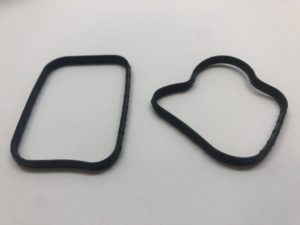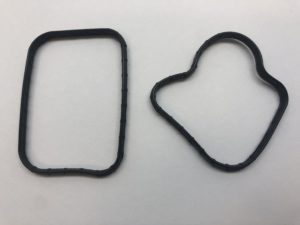6.7 Cummins Turbo Actuator Seals

Actuator Seals Fit 07-19 Dodge Ram 6.7 Cummins Turbo

These seals fit VGT actuator for 2007 – 2019+ Dodge Ram with 6.7 Cummins. 2007 – 2012 has HE351VE turbo charger and 2013-2019 has an HE300VG turbo each use different VGT actuators but they use the same seals. We include these seals in our turbo rebuild kits which are different for the HE351VE and HE300VG. These seals should be replaced any time the actuator is removed, it’s common to remove the actuator during recalibration. Make sure the coolant is drained first before removing the actuator because the coolant can ruin the electronics of the actuator if spilled on the actuator.
- Seals fit HE351VE (2007 -2012 6.7 Cummins) and HE300VG (2013-2019+ 6.7 Cummins)
- Fits Ford F650 / F750 with 6.7 Cummins
- Fits original turbo on 2007 -2019 Dodge Ram with 6.7 Cummins
- 6.7 cummins Turbo actuator Seals
